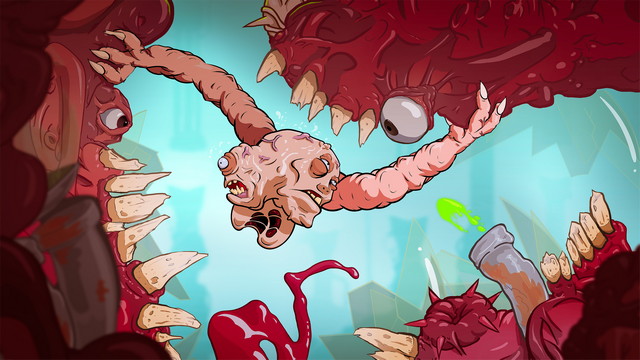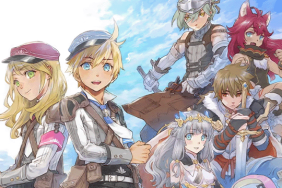Struggling is like David Cronenberg made a multiplayer version of QWOP or Getting Over It with Bennett Foddy, and I love it. Chasing Rats Games has taken a simple concept, independent control of a character’s limbs, and turned it into an incredibly weird but engrossing journey with Struggling.
I got a chance to play Struggling with Chasing Rats CEO Alexis Gallant-Vigneault…











